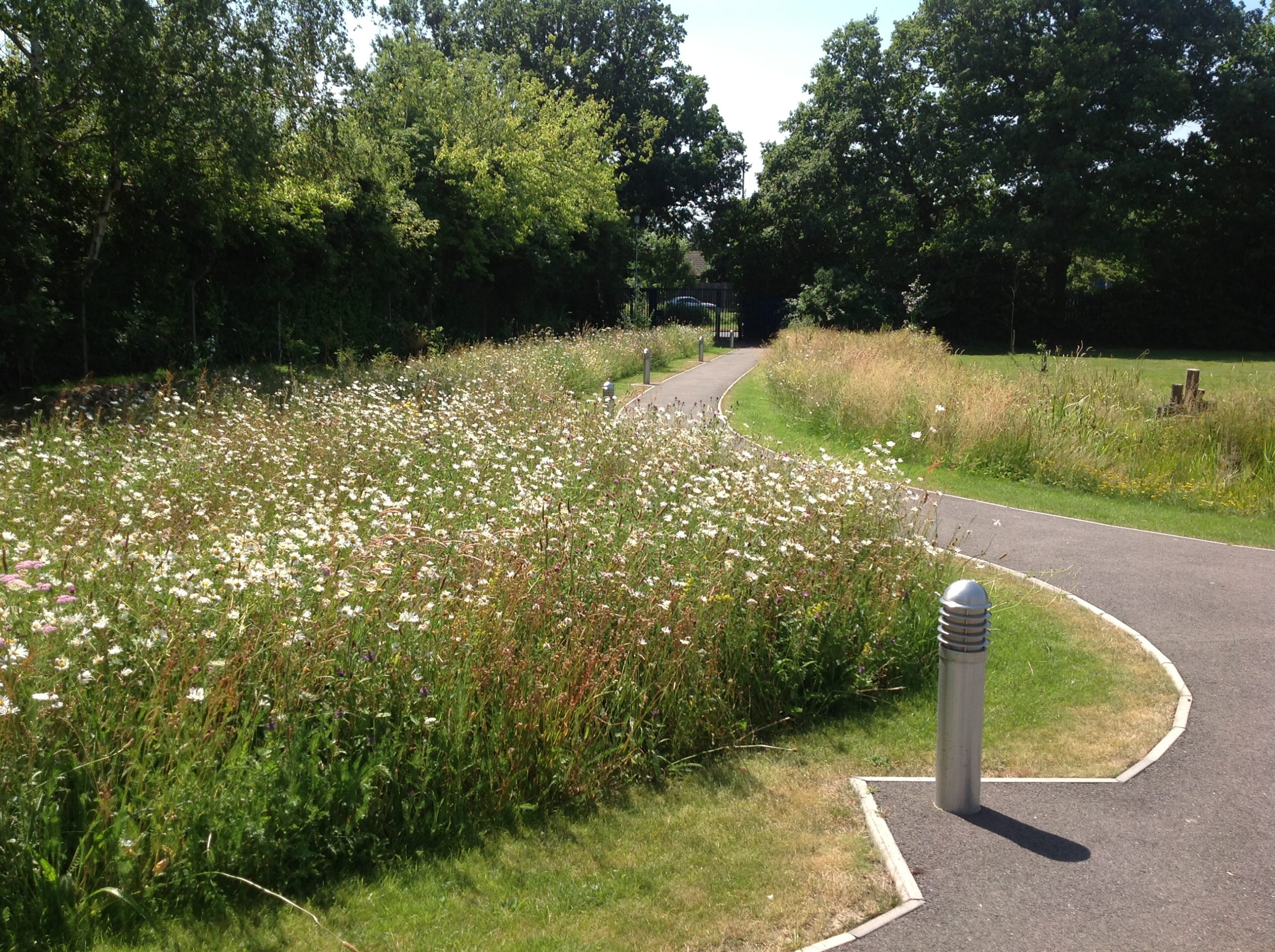Why do you need a BNG assessment?
In November 2021, The Environment Act 2021 became law. It requires all planning applications going forward to demonstrate a 10% net gain in biodiversity if planning permission is to be granted.
To prove your project can achieve this, we’ll help you measure the baseline (existing) biodiversity value of the site, and assess your proposals. Then, we’ll compare your baseline and proposed values to gauge whether a 10% BNG is feasible. To do this, we’ll use Biodiversity Metric 3.0, the standardised methodology developed by Natural England and DEFRA.
Among other resources, Biodiversity Metric 3.0 provides a calculation tool into which we’ll enter your site’s data. It provides figures for both pre- and post-development in ‘biodiversity units’, enabling us to determine the percentage gain your project is likely to achieve.
What does the assessment involve?
A BNG assessment considers your site in two broad stages: pre-development and post-development.
Pre-development
- Site visit and condition assessment – We’ll go to your site to determine the habitat types present and establish their condition with specific assessments. We’ll map them out and take notes and photographs while on site.
- Desk study – After our site visit, we’ll review the relevant Local Plan and research any relevant policies or designations that could impact your site’s biodiversity value. This is known as strategic significance.
- Mapping and baseline/pre-development calculation – Once we have the information we need, we’ll use our QGIS mapping tool to accurately draw the habitats on your site and get their measurements for input into the calculation tool, along with habitat conditions and strategic significance. This’ll give us the value of your site in biodiversity units.
Post-development
- Post-development calculation – To calculate the likely post-development value and complete the BNG process, we’ll need to see the proposed development plans and any other relevant information (like landscaping schemes). The more details we have, the more accurate our calculation will be. If detailed plans aren’t available yet, we’ll use your basic proposals and make suggestions on how your site can achieve the required net gain. These recommendations can then feed into more detailed plans and planting schemes later on.
- Report – We’ll provide you with a report which sets out the pre- and post-development biodiversity values of your site, including maps. Our report will detail the size, condition and strategic significance of each habitat. We’ll also either summarise how the post-development plans have achieved the necessary BNG, or how amendments can be made to maximise on-site biodiversity.
Next steps if your project doesn’t achieve the required net gain
We believe nature conservation can and should be integrated into all kinds of developments – at all scales. But if your project can’t achieve the required BNG on site, there are county-specific options to compensate off site. Occasionally, as a last resort, this can be via financial contributions, but that’d require discussions with relevant stakeholders and your local council.
